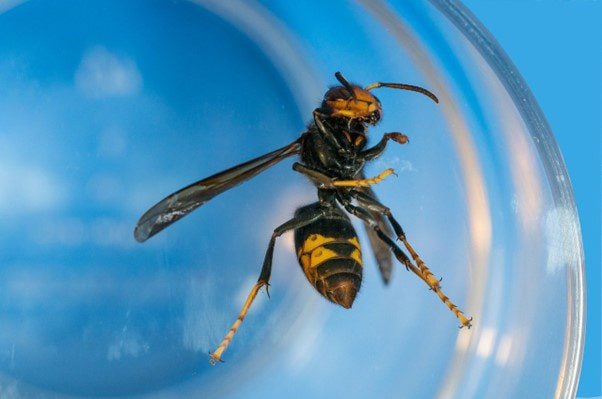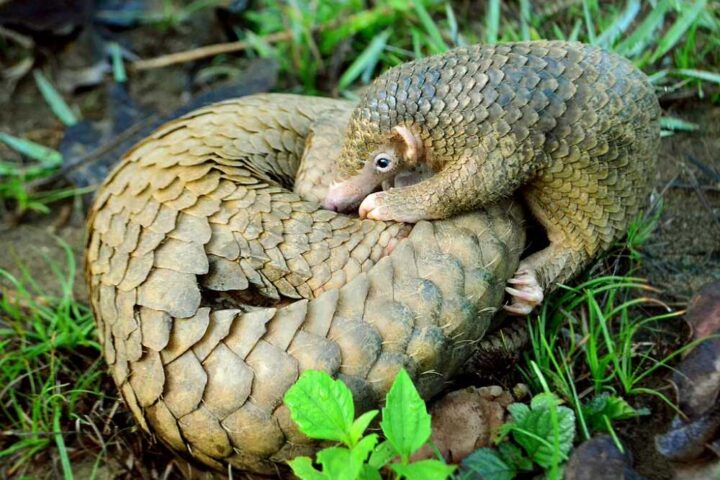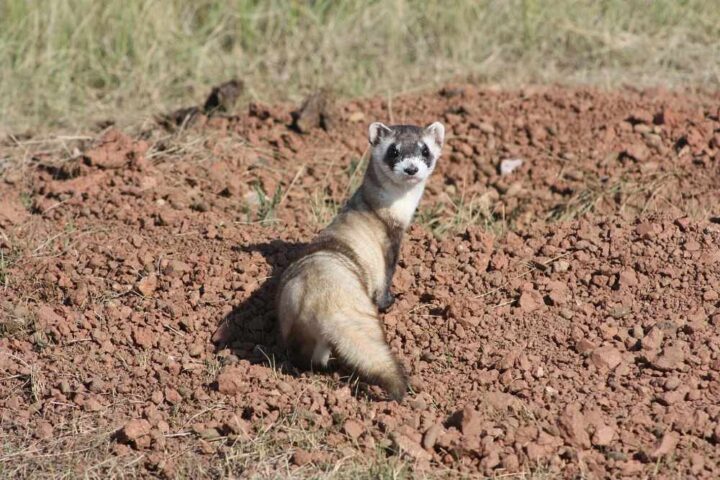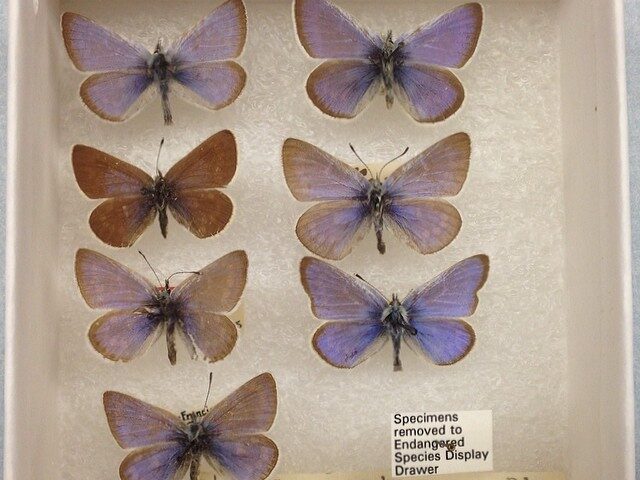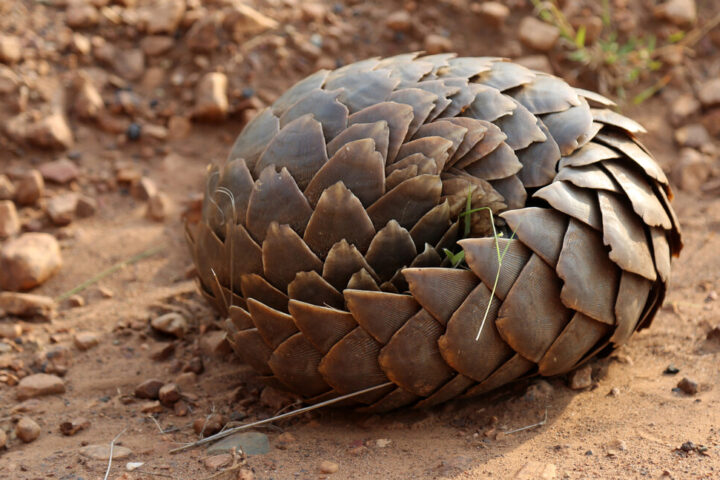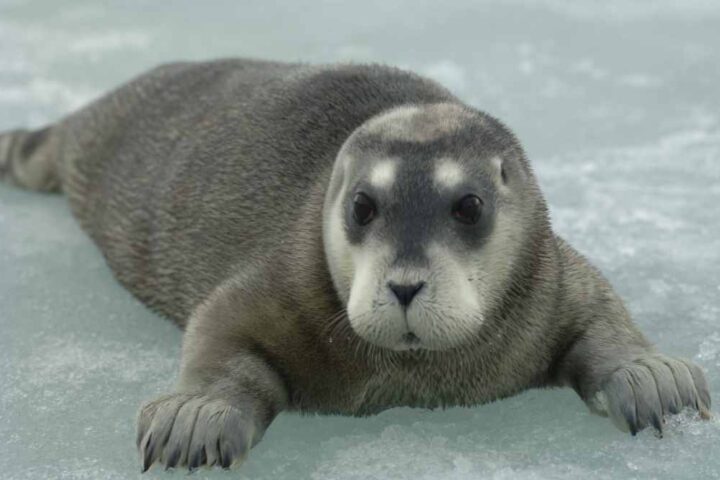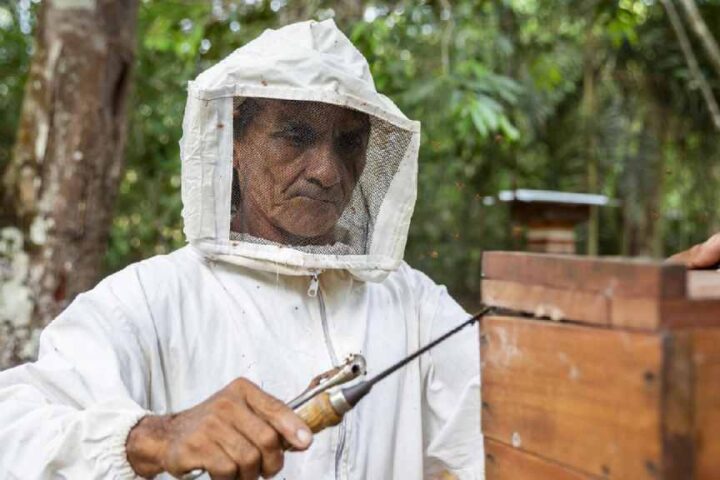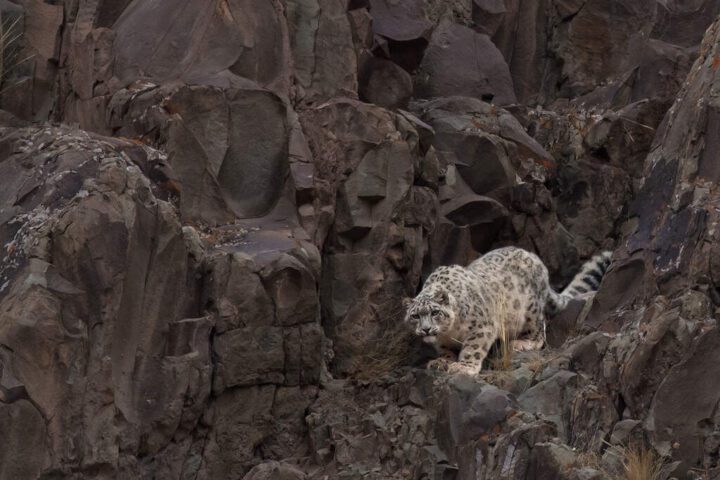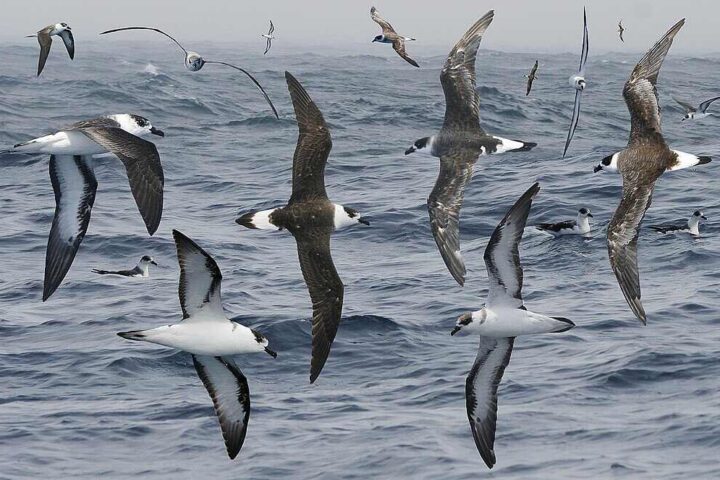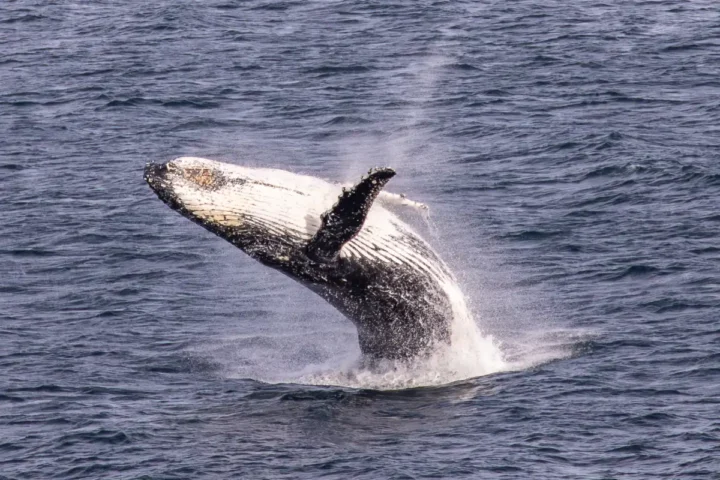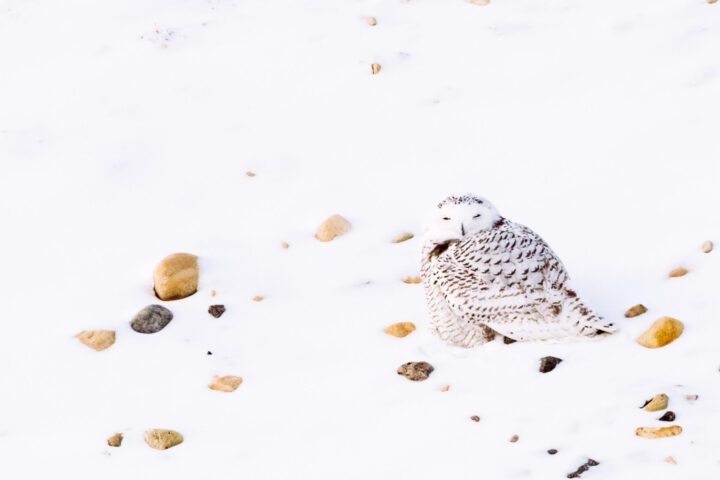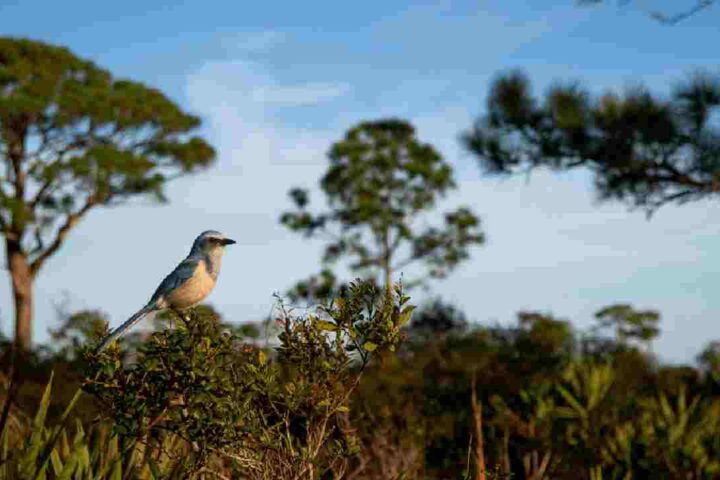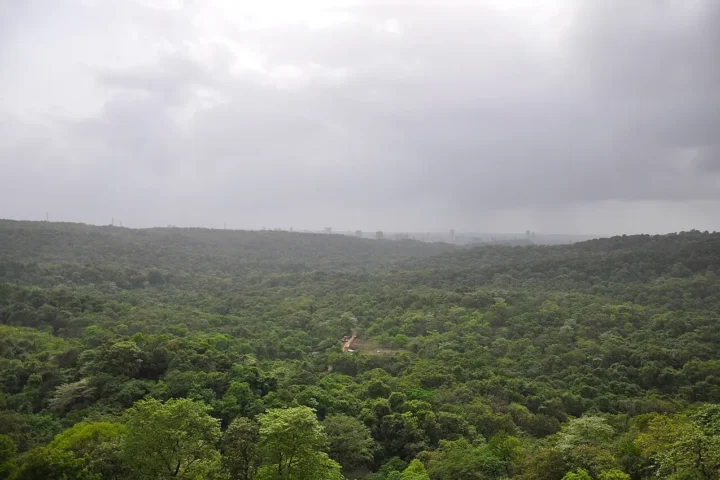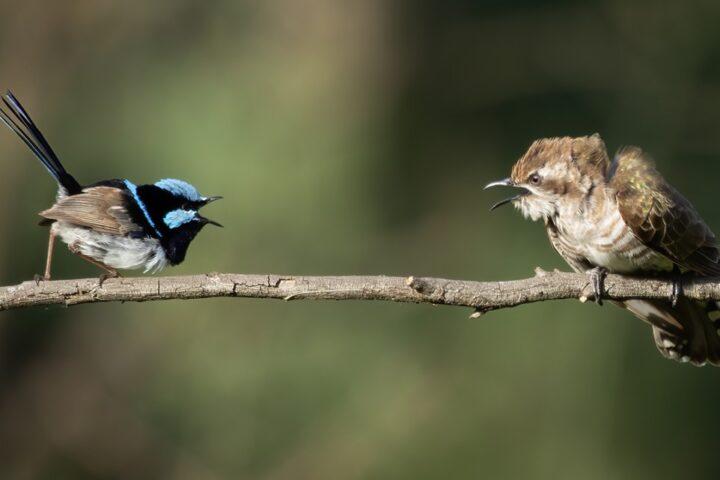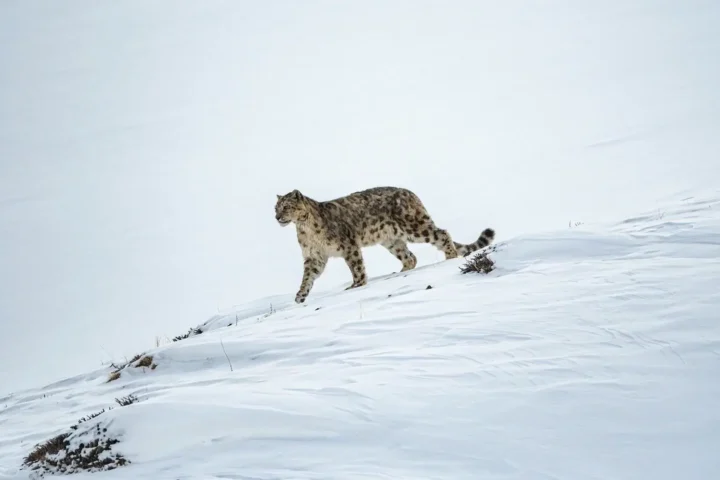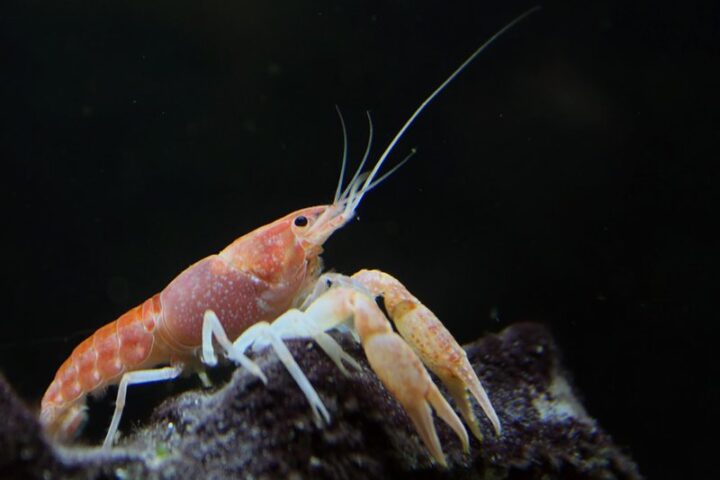Today in Albuquerque, the Rio Grande has run dry for the third time in just four years. The cracked riverbed offers a stark picture of the Southwest’s deepening water crisis, prompting urgent action from conservation groups and water managers.
Enrique Prunes, WWF’s Rio Grande Manager, is at the forefront of these efforts. Growing up in Chihuahua City, Mexico, Prunes spent his childhood diverting water with family through traditional acequias – small irrigation canals dating back to the 1500s – to nourish pecan orchards and crops.
“Throughout my career, I have always been very respectful and conscious about understanding the local context and what the river means for that region,” Prunes says. “At the same time, the river is a system, and it’s all connected.”
The Rio Grande faces severe challenges. According to the U.S. Drought Monitor, the watershed is experiencing exceptional drought conditions. Water levels at reservoirs like Elephant Butte have plummeted to just 4% of capacity. At Amistad Reservoir along the Texas-Mexico border, water reached record-low levels in July 2024.
Climate change is worsening the situation. The Upper San Juan, Rio Grande Headwaters, and Gunnison Basins – critical sources of snowmelt – are currently at 56%, 62%, and 82% of normal snow water equivalent. Temperatures in February 2025 were 4-6°F above normal in much of the region.
In 2022, WWF and partners released a Report Card for the Upper Rio Grande Basin, giving the river a “C” grade (54%). The assessment identified challenges and opportunities for restoration, bringing together stakeholders from across Colorado, New Mexico, and Texas.
Now, WWF has developed seasonal environmental flow recommendations for six stretches of the Upper Rio Grande and its tributary, the Rio Chama. These recommendations aim to restore water to reaches suffering from too little flow.
“Environmental flows are a core piece of what WWF is doing because it’s about connectivity and resilience,” Prunes explains.
Similar Posts
The restoration strategies vary by location. In some areas, direct on-the-ground work is needed – habitat restoration, removal of invasive trees like salt cedar, and reconnecting the river with its floodplain. In others, conservation measures in the agricultural sector, which uses most of the river’s water, will have the greatest impact.
One promising approach involves shifting to less water-intensive crops like chili peppers and repurposing some farmland for wildlife habitat.
WWF is also working with partners to reintroduce beavers, whose dams help retain water, mitigate floods, and filter water in tributary streams.
Paul Tashjian, Director of Freshwater Conservation at Audubon New Mexico, praises Prunes’ collaborative approach: “It’s not just the scientific and technical expertise he brings. It’s Prunes’ energy, patience, and collaborative spirit.”
Despite these challenges, Prunes remains hopeful. “The Rio Grande will never be the river it was 200 years ago,” he says. “But the Rio Grande of the future can be healthier and more resilient than it is now.”


